Effects of the EU AI Acton chatbots & voicebots
The EU AI Act is intended to set the course for the safe and ethical use of AI in Europe and provide users and providers with a clear legal framework. Find out more about the implementation of the AI Act at BOTfriends.
What is the EU AI Act and what are its objectives?
Artificial intelligence technologies are developing at an ever-increasing pace, which raises the question of ethically responsible development and use.
With a new regulation, the European Union (EU) wants to regulate precisely this in a uniform manner in the future and thus create a balance between innovation and the protection of fundamental rights.
The EU AI Act is intended to create a trustworthy framework that prioritizes user safety and promotes the acceptance of AI systems.
The law came into force on 01.08.2024. Due to a transitional period of 24 months for most applications (including low-risk applications such as chatbots), most of the provisions of the AI Act will be binding from 01.08.2026.
"We see the adoption of the EU AI Act as a decisive step forward in ensuring ethical and transparent AI applications. For BOTfriends, this means that we can strengthen our responsibility towards users and ensure that our technologies are not only innovative, but also fair and safe."

Why is the AI Act important?
Protection of fundamental rights and ethical standards
Promoting trust and transparency
Creation of a single market
How does the EU AI Act assess and regulate the risks of AI?
AI systems are categorized into different risk classes in order to be able to regulate AI in line with the respective area of use and application of the AI.
Unacceptable risk
High risk
Limited risk
Minimal risk
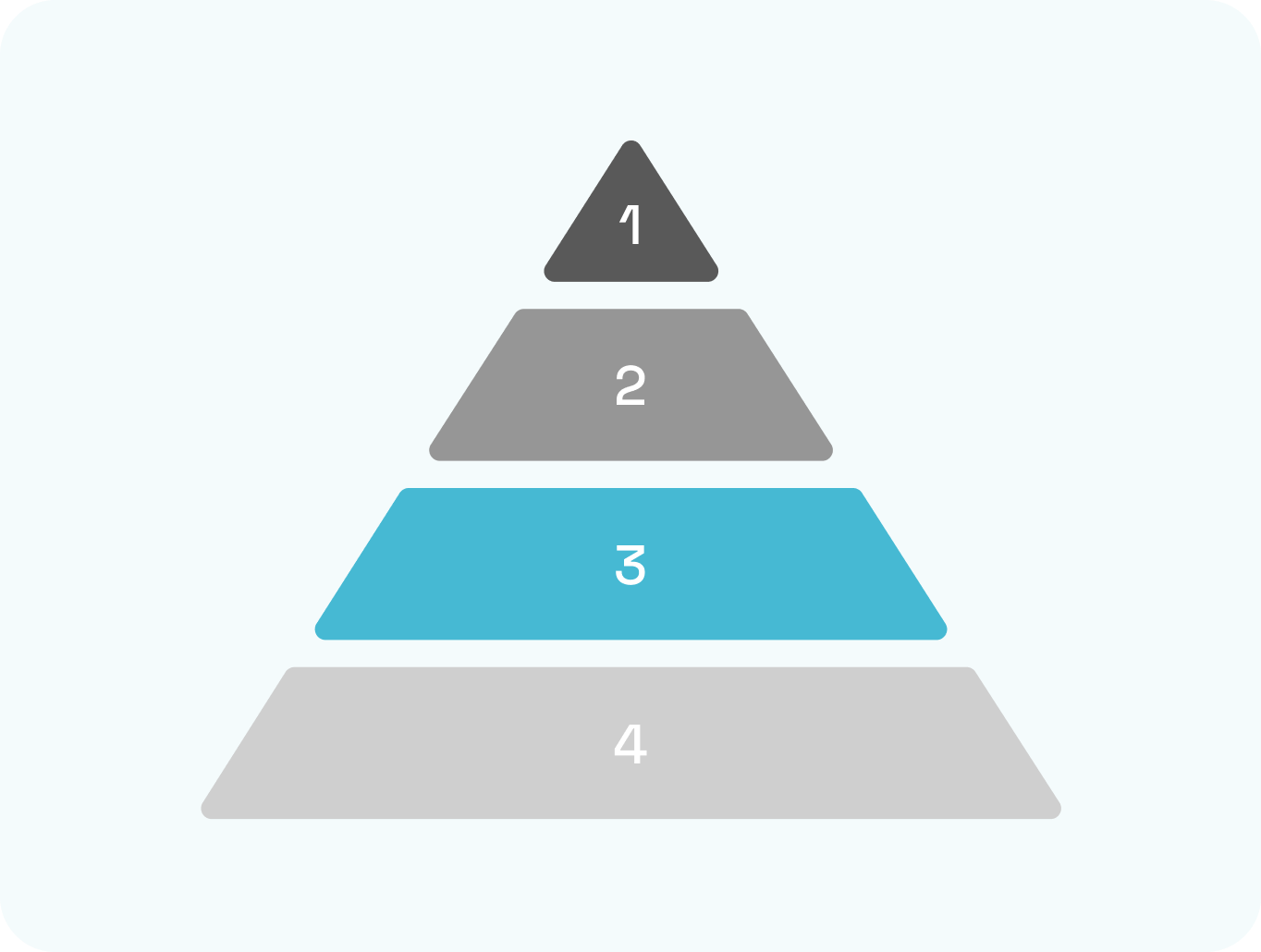
Unacceptable risk
In areas where AI is perceived as a threat to humans, the use of AI is prohibited. This includes, for example, influencing human behavior or systems for social evaluation.
High risk
There will be very strict regulations for AI systems that are used in critical infrastructures and can therefore influence people's health, access to education or safety.
Limited risk
Systems that use content generated by AI and interact with humans are classified as limited risk. There will be less stringent regulations here. Chatbots therefore also fall into this category.
Minimal risk
If AI is only used to give the user a better experience without interacting with them directly, this is considered to be minimal or no risk. This includes, for example, spam filters from email service providers.
What impact does the law have for BOTfriends & bot operators?
As a provider of chat and phone bots, BOTfriends is classified in category 3 with "limited risk".
we adhere to the following requirements:
Transparency and labeling obligations
The chatbot must be recognizable as such and must not pretend to be a real person.
Option to cancel dialog
The user must be able to end the conversation at any time during the call.
Protection of personal rights
The AI must comply with the data protection requirements of the GDPR and the German Federal Data Protection Act (BDSG).
Our conclusion
The EU's AI Act aims to create a clear legal framework for the use of AI technologies and to minimize the associated risks. In this regulation, AI chatbots such as those from BOTfriends are classified as low-risk applications.
The EU's AI Act promotes security, fair competition and the protection of privacy. With a chatbot from BOTfriends, you already meet the EU requirements and offer both customers and employees a transparent and ethical user experience.
Disclaimer
On this page we only present our own assessment, this does not constitute legal advice.
Further information can be found at:
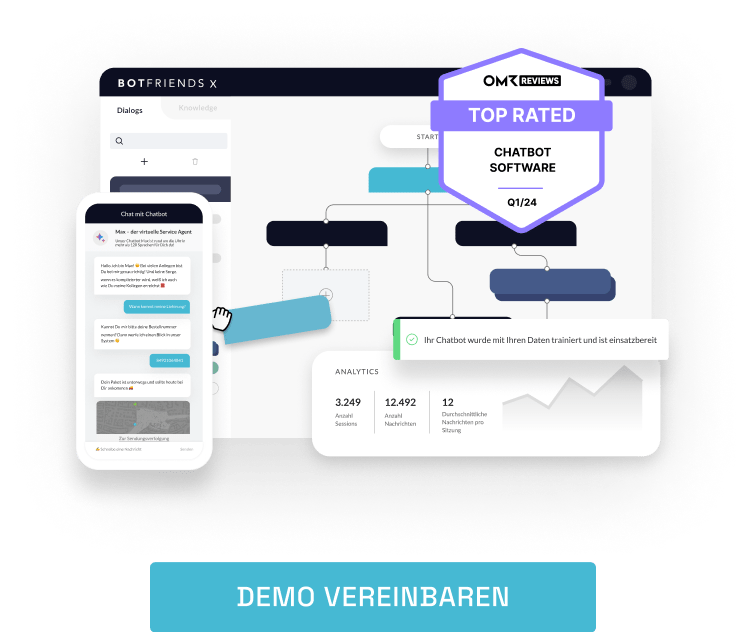
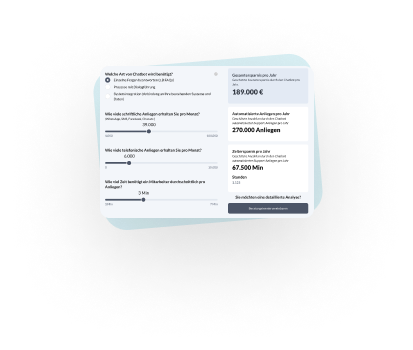 Chatbot ROI Calculator
Chatbot ROI Calculator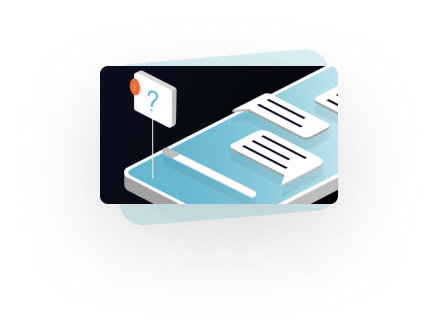 Free training: Chatbot crash course
Free training: Chatbot crash course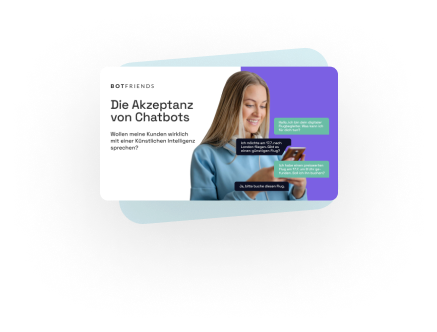 Whitepaper: The acceptance of chatbots
Whitepaper: The acceptance of chatbots